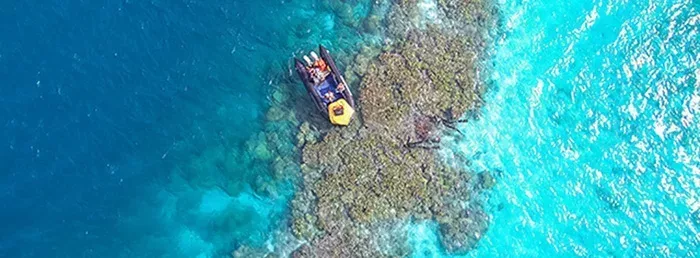We all depend on coral reefs for something—from the air we breathe and some of the foods we eat to medical treatments. The nation’s coral reef resources also protect lives, livelihoods, and valuable coastal infrastructure.
Today, many of our coral reefs have been severely damaged by a number of threats. There is still time to protect and restore these remarkable ecosystems, but we must act now.
The new NOAA Coral Reef Conservation Program Strategic Plan will guide the agency’s future coral reef research and conservation efforts. It outlines refined strategies to increase resilience to climate change, improve fisheries’ sustainability and reduce land-based sources of pollution, while adding a new focus of work—restore viable coral populations. Addressing the top three recognized threats to coral reefs and supporting coral reef restoration are now the four “pillars” of the NOAA Coral Reef Conservation Program.
By implementing strategies specific to each of the program’s four pillars, we aim to 1) restore and preserve corals; 2) maintain ecosystem functions; and 3) improve coral habitat, water quality and populations of key coral reef fishery species in target areas by 2040.
This important work cannot be done alone. We recognize that partnerships are critical. We look forward to continued collaboration with partners—both long-standing and new—to conserve coral reef ecosystems and the goods and services they provide us all.

